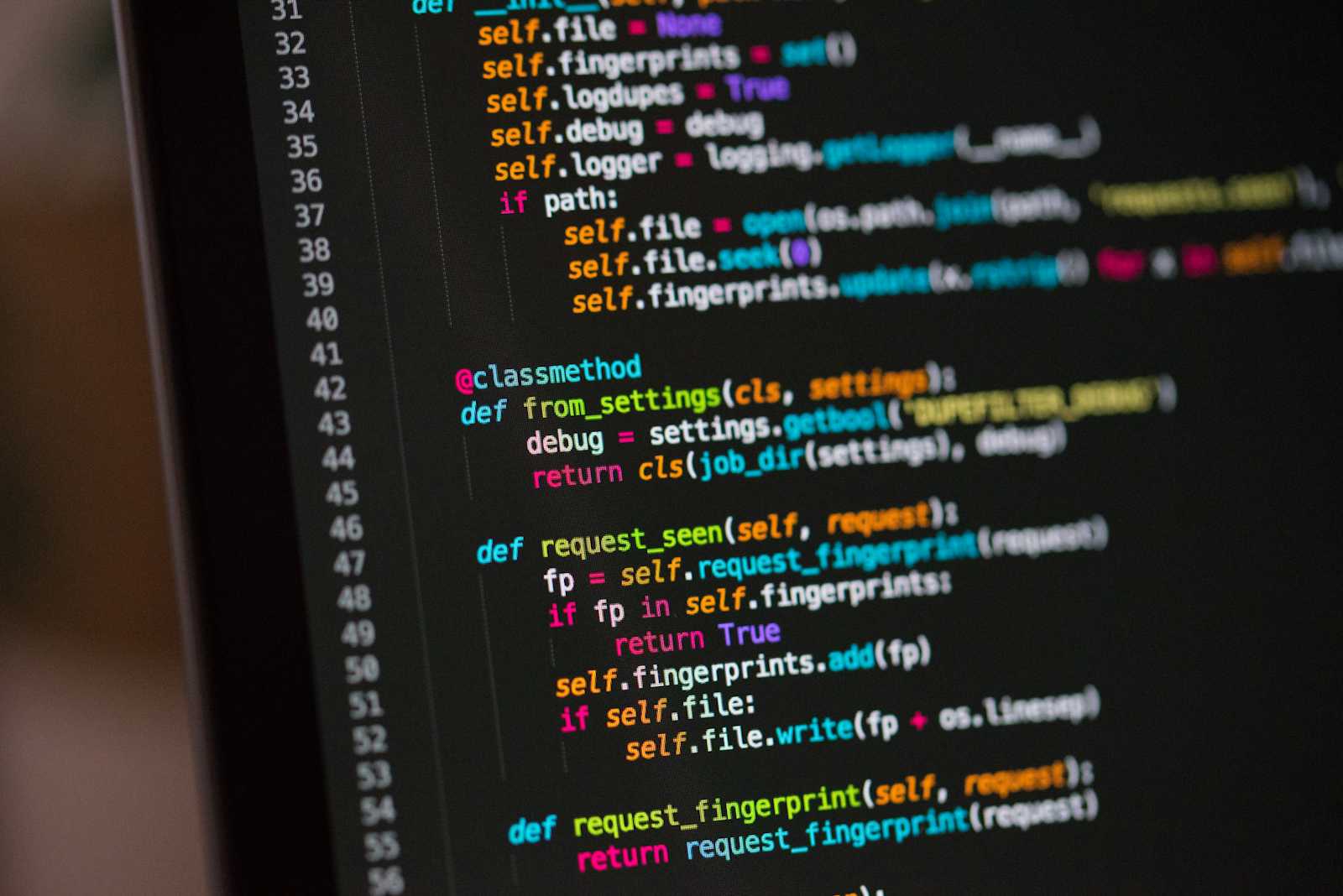Mastering CSS Positions: Static, Relative, Absolute, Fixed, and Sticky Explained
 sathwik ada
sathwik ada
Introduction
In web development, positioning elements is a fundamental aspect of creating responsive and visually appealing layouts. CSS provides five different types of position properties—static, relative, absolute, fixed, and sticky—each serving its unique purpose in building dynamic designs. Understanding how these positioning types work will not only help you control the layout of your webpage but also improve your design's overall usability.
This article breaks down each of these position properties with real-world use cases and code examples.
1. Static Position (The Default)
Definition: By default, every element in HTML is positioned as static. This means elements will flow into the page according to the normal document flow, one after another, without any special positioning.
Characteristics: It doesn’t allow you to specify
top,left,right, orbottomproperties.Use case: Mostly used when you want the natural flow of the document to be followed.
cssCopy code.element {
position: static;
}
Since it’s the default, there’s rarely any need to explicitly set position: static.
2. Relative Position
Definition: The relative property allows you to position an element relative to its original location in the document flow.
Characteristics: It preserves the original space in the layout while moving the element visually. The
top,bottom,left, andrightproperties move it away from where it would normally be positioned.Use case: Great for making small tweaks to the position of an element without affecting the layout.
cssCopy code.relative-element {
position: relative;
top: 10px;
left: 20px;
}
This moves the element 10 pixels down and 20 pixels right, without altering the layout of surrounding elements.
3. Absolute Position
Definition: An element with position: absolute is removed from the normal document flow and positioned relative to its closest positioned ancestor (anything with relative, absolute, or fixed set). If no positioned ancestor is found, the element will be positioned relative to the initial containing block (usually the html element).
Characteristics: It no longer takes up space in the document, and it is free to move around based on
top,left,bottom, orrightproperties.Use case: Often used in modals, tooltips, or any element that should appear at a specific place relative to another element or the page itself.
cssCopy code.absolute-element {
position: absolute;
top: 50px;
left: 100px;
}
The element will now be exactly 50px from the top and 100px from the left of its positioned ancestor.
4. Fixed Position
Definition: fixed elements are positioned relative to the viewport, meaning they remain in the same place on the screen regardless of scrolling.
Characteristics: A
fixedelement does not move when the user scrolls. It is detached from the document flow, so it doesn’t affect or get affected by other elements.Use case: Best for elements that should remain in view at all times, such as navigation bars, floating buttons, or sticky footers.
cssCopy code.fixed-element {
position: fixed;
top: 0;
width: 100%;
}
This ensures the element will always remain at the top of the screen, even when the user scrolls down the page.
5. Sticky Position
Definition: sticky is a hybrid between relative and fixed. It behaves like relative until you scroll past a certain point, at which it "sticks" in place like a fixed element.
Characteristics: It’s a dynamic property where the element toggles between relative and fixed, depending on scroll position. It remains constrained by its parent element, meaning it can only stick within the bounds of its container.
Use case: Useful for sticky headers or sidebars that should remain visible within a particular section.
cssCopy code.sticky-element {
position: sticky;
top: 0;
}
The element will stick to the top of the page when the user scrolls down and reaches it but will scroll away once the user moves past the section it is in.
Practical Differences Between Sticky and Fixed
While both sticky and fixed elements remain in view when the user scrolls, the main difference is the context:
A
fixedelement always sticks to the viewport, no matter where it is in the document.A
stickyelement is confined to its parent container, and it only sticks once the user scrolls past a certain point.
Conclusion
Understanding CSS positioning is a key skill for web developers, and mastering these five position properties will allow you to create advanced, user-friendly layouts. Whether you're designing a header that sticks to the top of the page or creating a floating action button that remains in place as the user scrolls, these positioning techniques give you the power to control the visual flow and interaction of your website.
Subscribe to my newsletter
Read articles from sathwik ada directly inside your inbox. Subscribe to the newsletter, and don't miss out.
Written by
